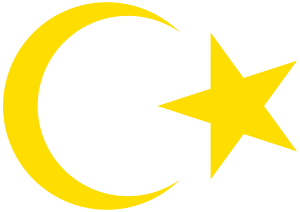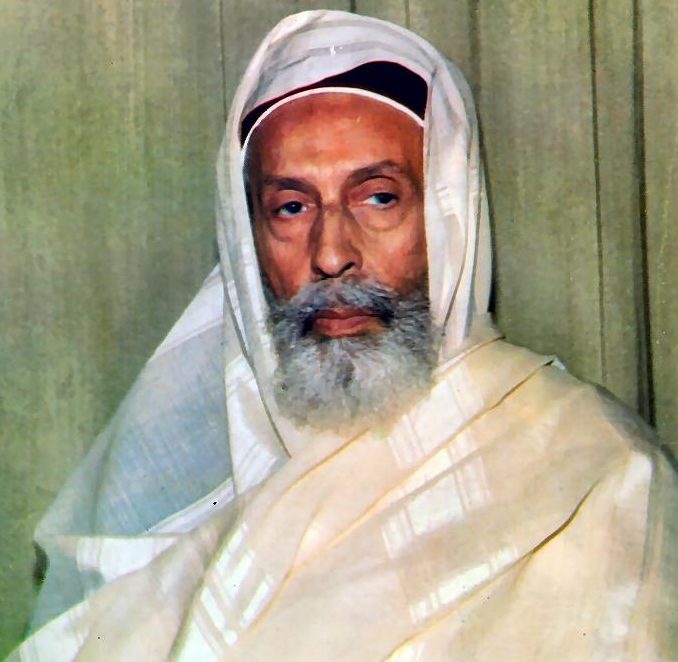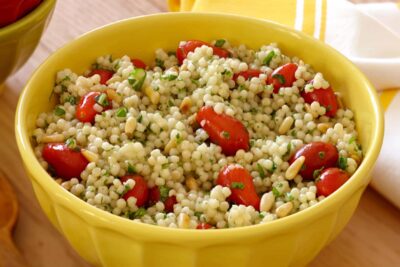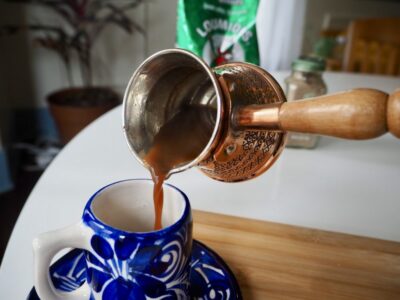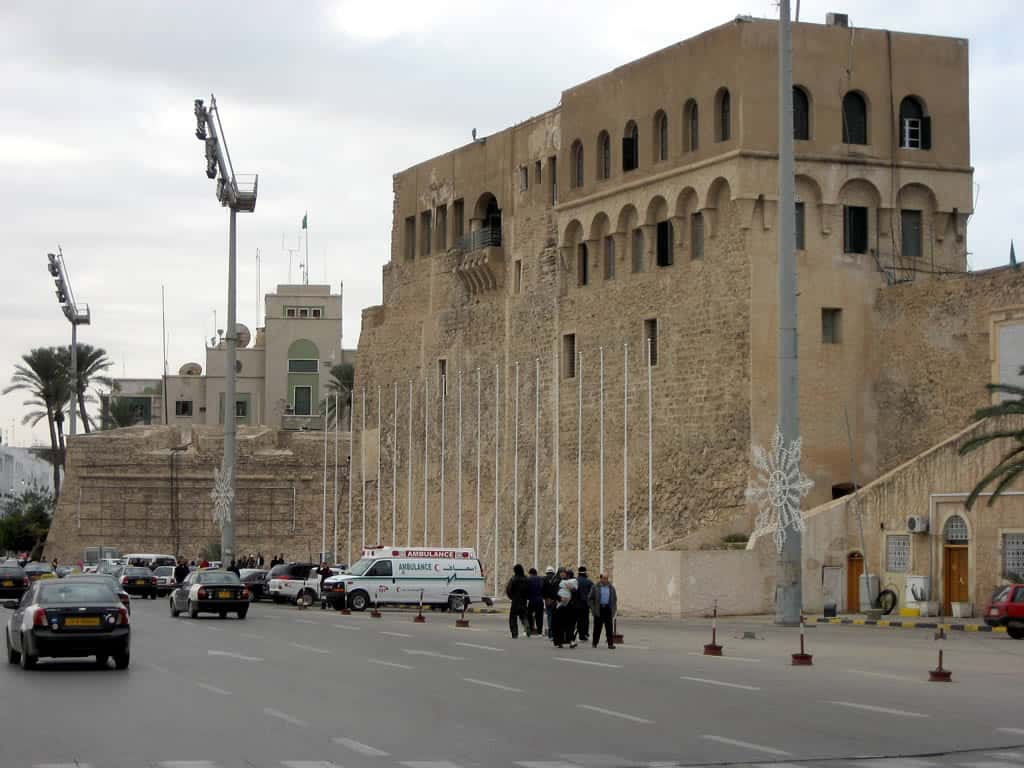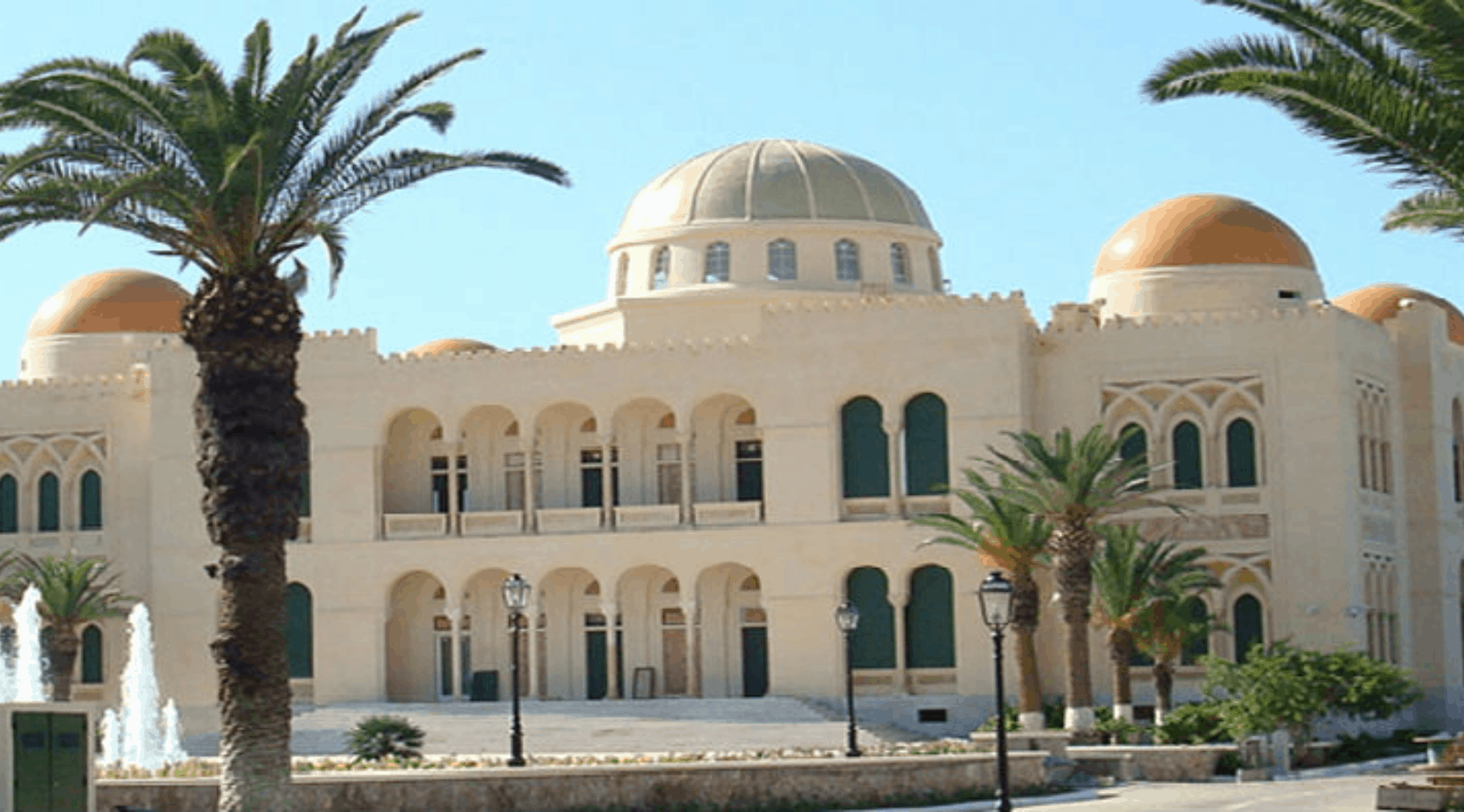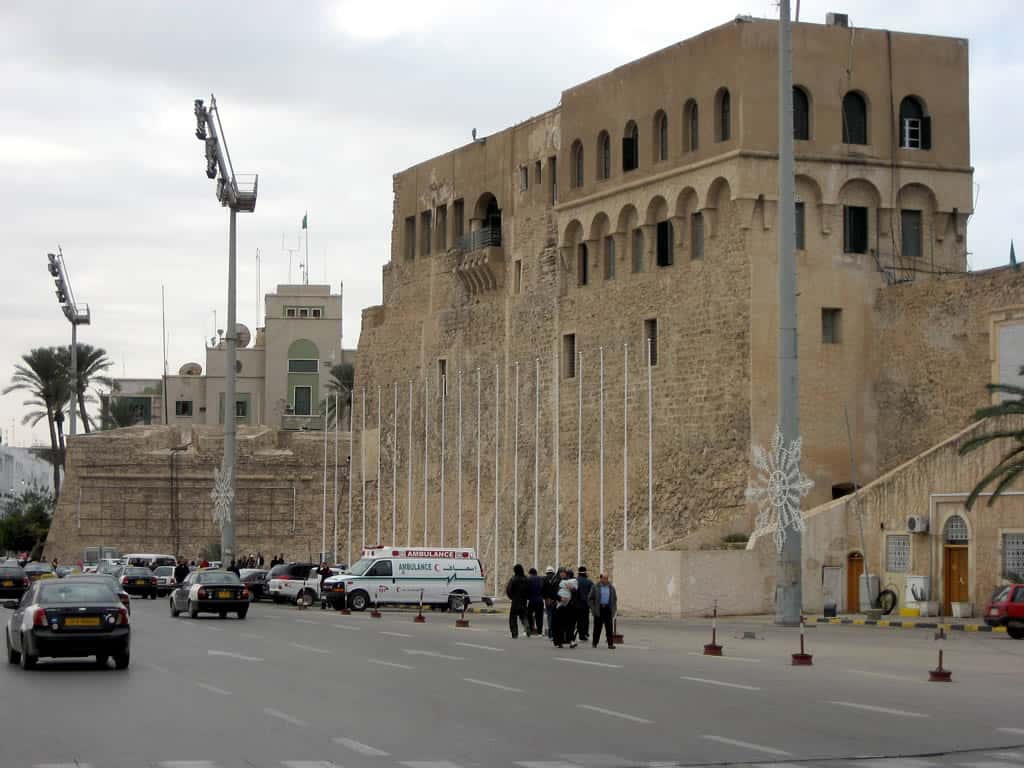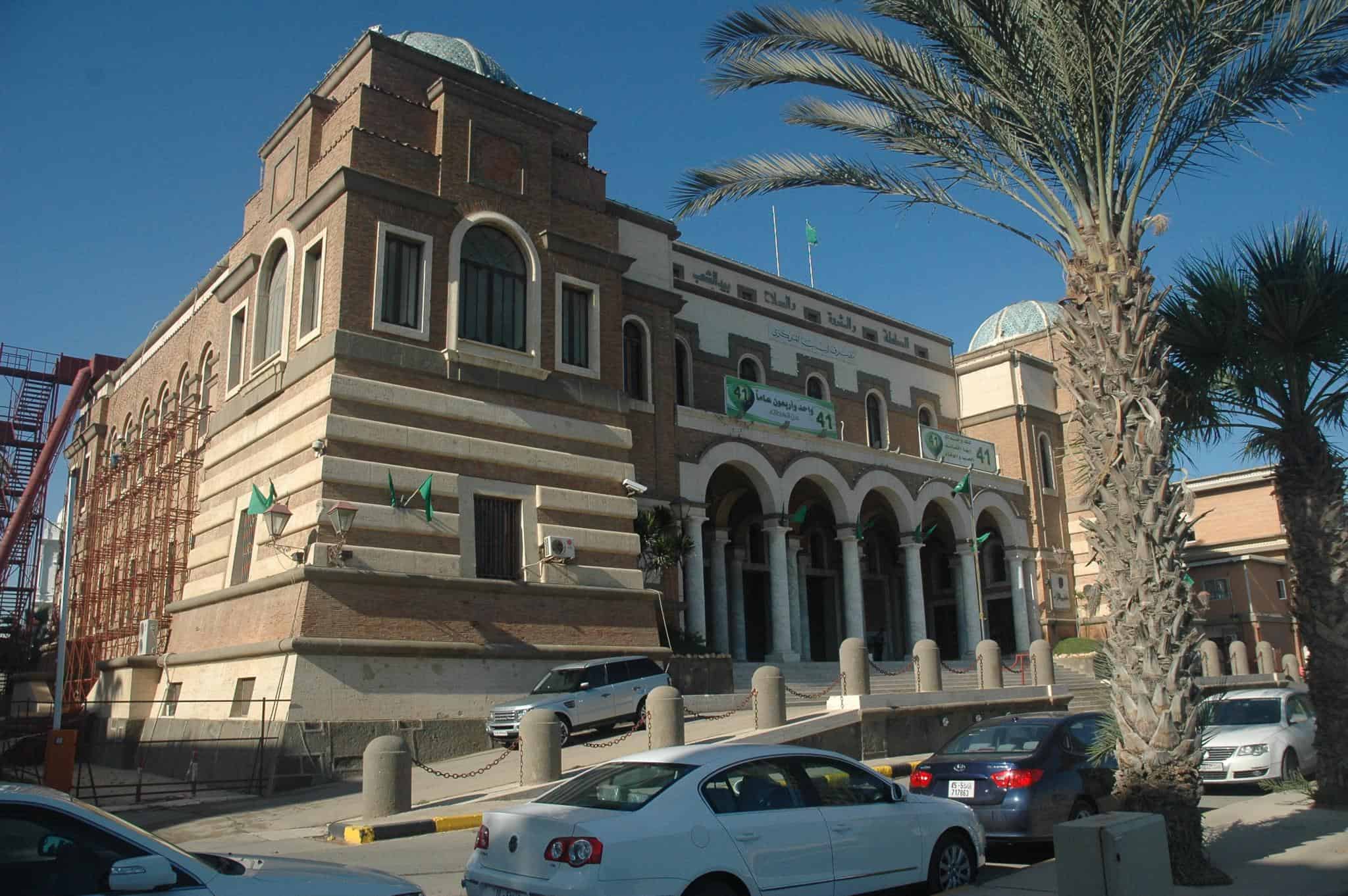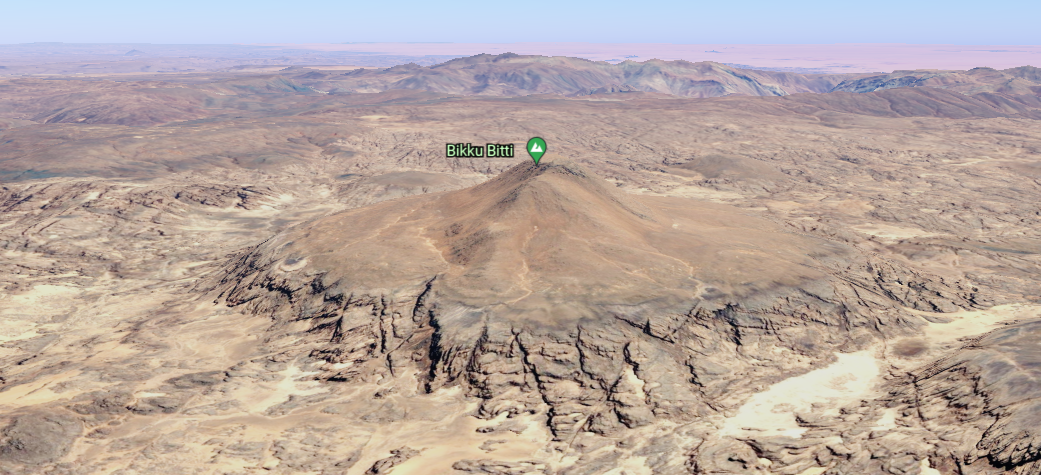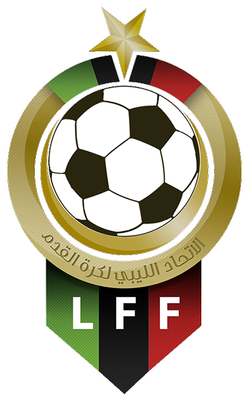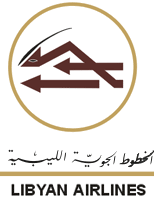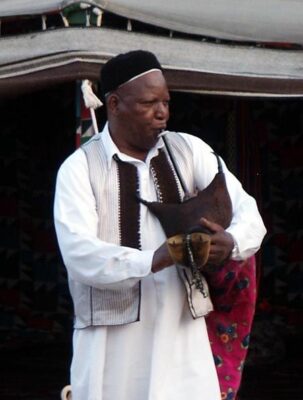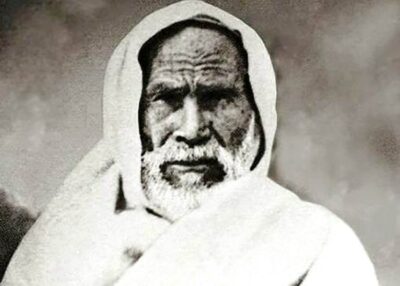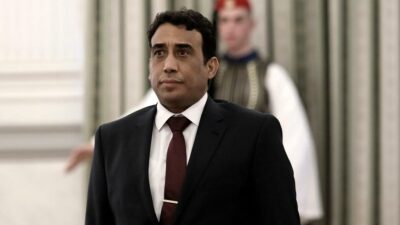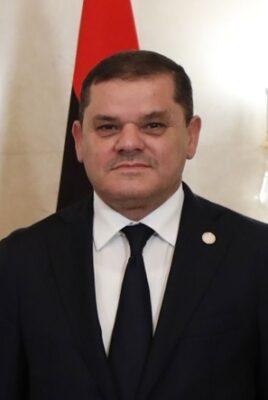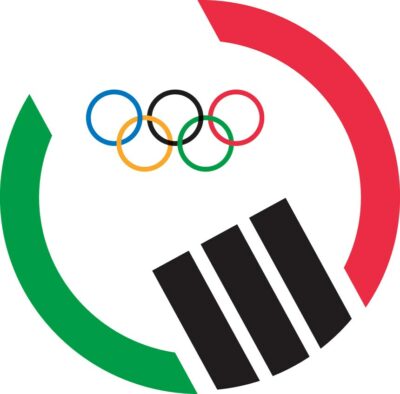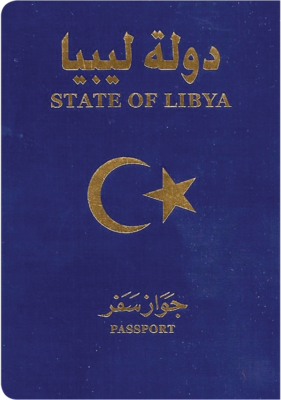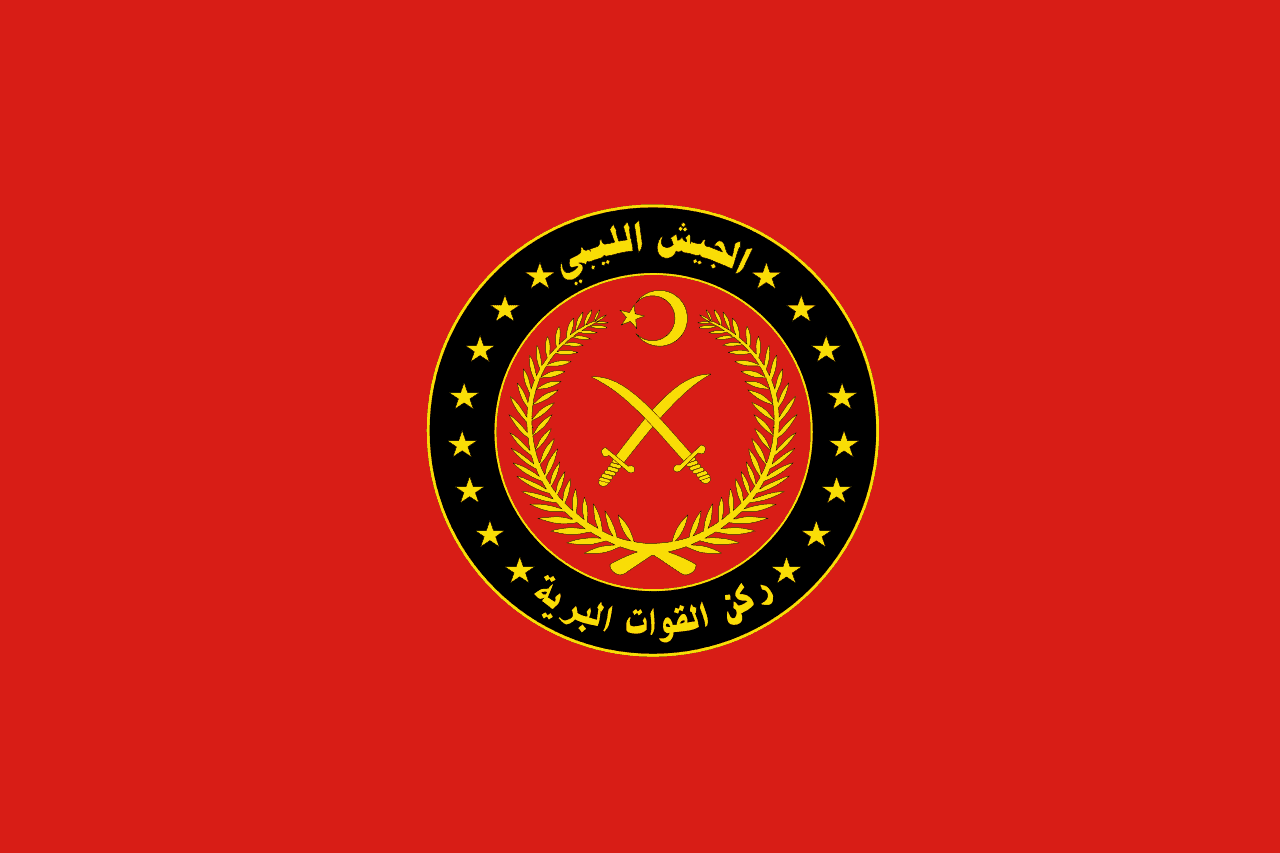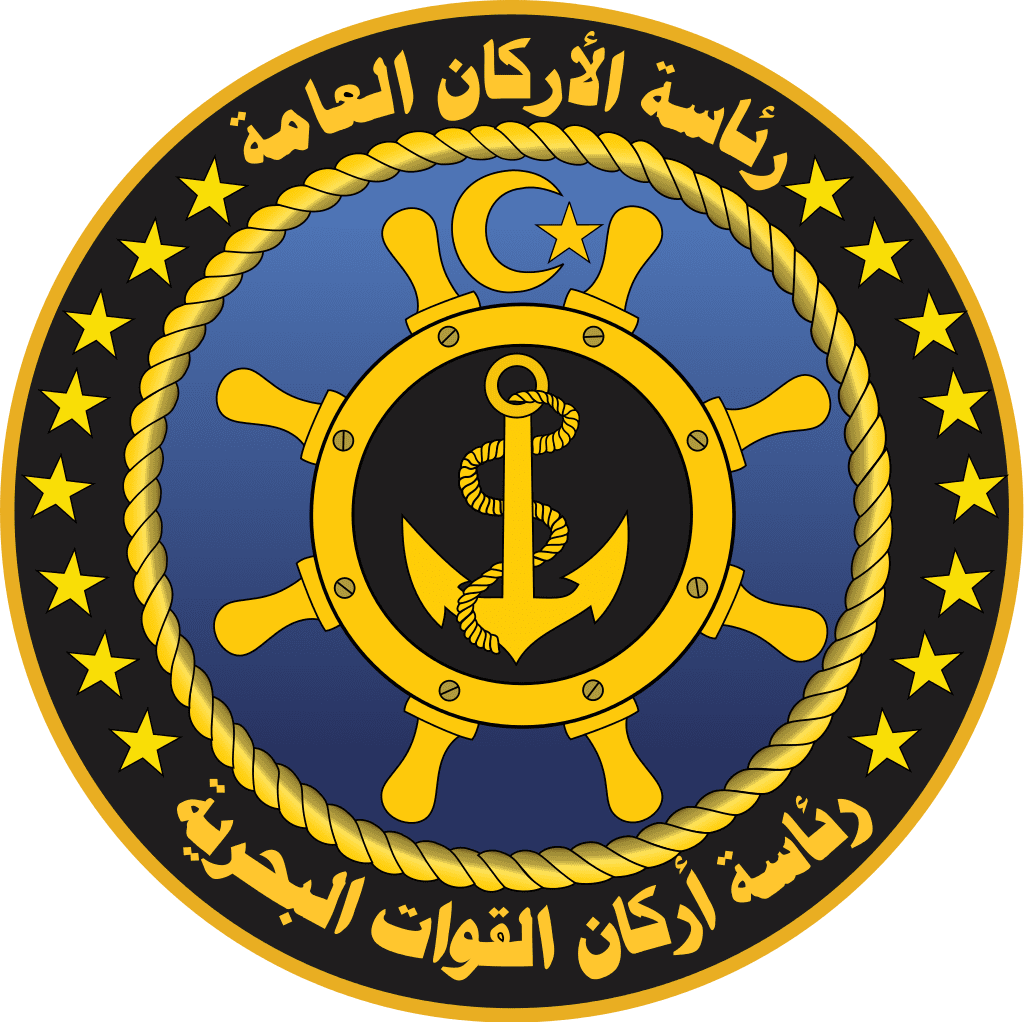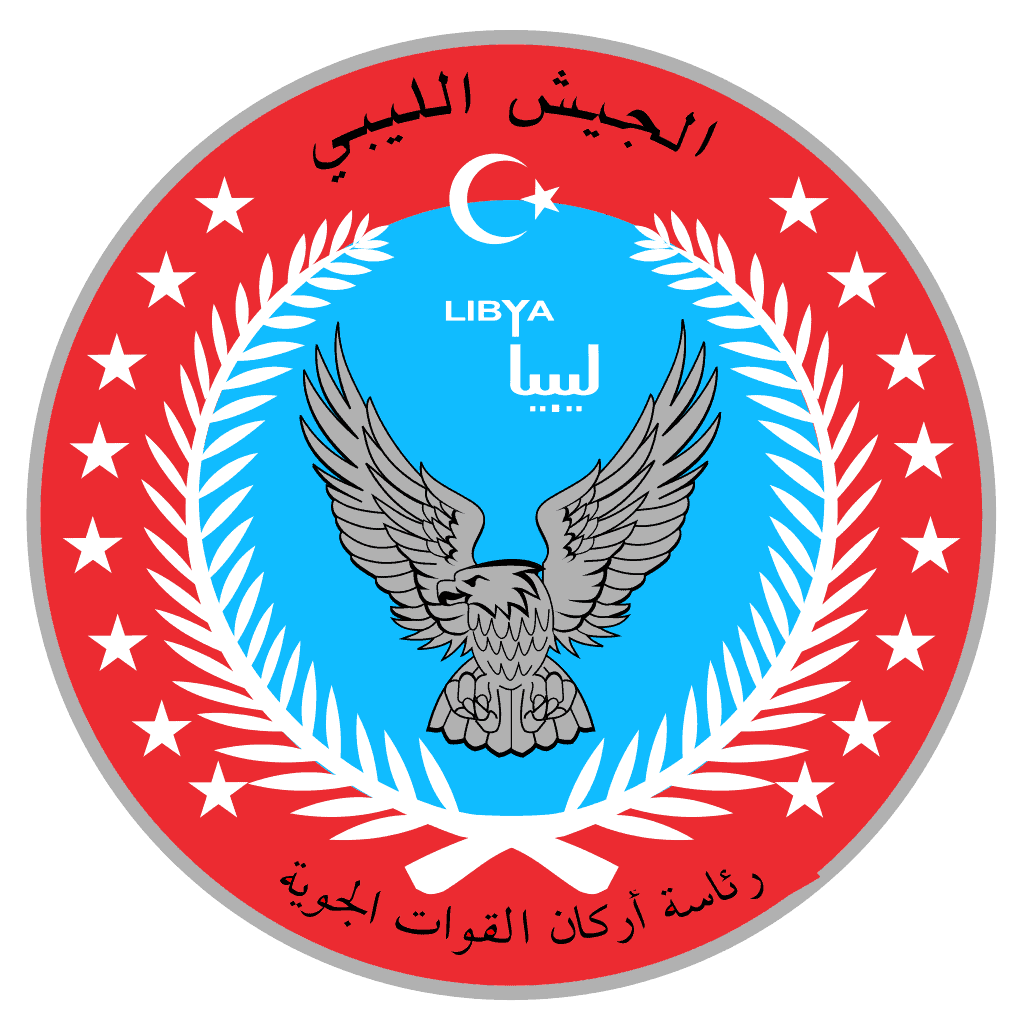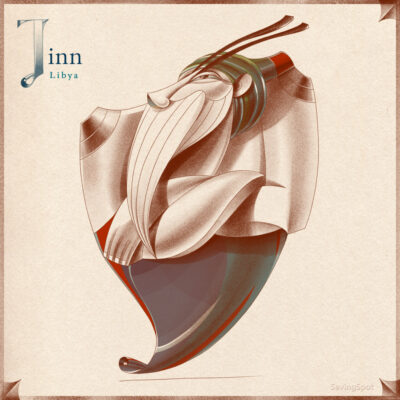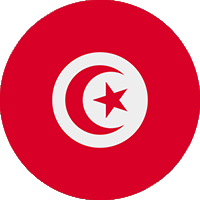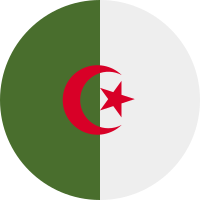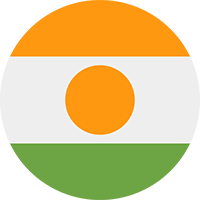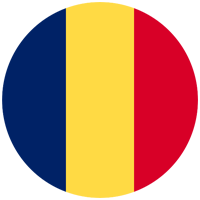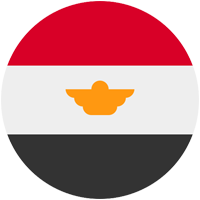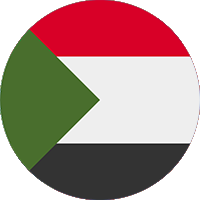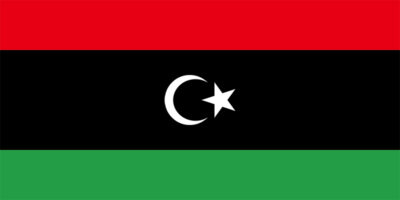National Symbols of Libya
Last updated on April 18th, 2024 by Editorial Staff
Table Of Contents
By Naeem Noor | Updated on April 18, 2024
Reviewed by Rittika
Libya is a country in Africa. The official name of Libya is the State of Libya. It shares borders with 6 countries: Tunisia, Algeria, Niger, Chad, Egypt, and Sudan. The people of Libya are called Libyans. The country is bordered by the Mediterranean Sea to the north, Egypt to the east, Sudan to the southeast, Chad to the south, Niger to the southwest, Algeria to the west, and Tunisia to the northwest. Libya is made up of three historical regions: Tripolitania, Fezzan, and Cyrenaica.
Etymology discusses where a term is considered to have originated from and how its meaning has changed over time. Etymology has been a factor in the naming of countries all across the world, and Libya has also been influenced. The etymology of Libya can be defined as; The term “Libya” generally applied only to the vast desert between the Tripolitanian Lowland and the Fazzan plateau.
An ethnicity is a group or sub-group of people who are connected based on common characteristics which may include religion, origin, language, traditions, or culture. The ethnic groups in Libya include Arab and Berber.
Libyan Airlines is the national airline of Libya. The national colors of the country are red, black, green, and white. The emoji flag of the country is ????????, and the ISO code is LBY.
Libya is known for its Greek and Roman ruins and the Sahara desert. The national dish of Libya is Couscous. Strong tea, Arabic coffee, and Laggmy, in addition to being traditional beverages, are one of the country’s national drinks. The national instruments of Libya are the Zokra a bagpipe, a flute made of bamboo, and a tambourine.
The country has the time zone UTC+2 (EET) followed by dd/mm/yyyy as the standard date format.
Libya is divided into 22 districts 99 Baladiyat. The capital of the country is Tripoli, which is also the largest city in Libya.
The literacy rate in Libya is 86.1%.
The country’s total area is 1,759,541 km² (679,363 sq mi), and the total population is 6,871,292. The country’s average elevation is 423 m (1,388 ft), whereas the country’s terrain can be defined as; Mostly barren, flat to undulating plains, plateaus, and depressions. The country’s usual climate is Mediterranean along the coast; dry, extreme desert interior.
The area of land next to a sea is called the coast, and a coastline is defined as the line where land and sea meet. Libya has 1,770 km of coastline.
The Libyan dinar serves as the national unit of currency, and the Central Bank of Libya (CBL) is recognized as the country’s central bank. The domain for Libya is .ly and the country code is +218. Star and crescent are the country’s coat of arms.
Museums are known to educate and connect visitors with the nation’s history, culture, civilization, art, and architecture. The Museum of Libya serves the same purpose and is considered one of the most significant tourist attractions. The Museum of Libya is home to a large collection of artifacts. It has been designated as the national museum of the country.
The national dress of Libya is the Kandura, and 24 December is designated as National Day. In Libya, the majority of the population practices Islam as their religion.
Nature is a blessing from God and we must protect it because it provides us with the oxygen and food to survive. It also helps to keep our environment beautiful and clean. To emphasize the significance of nature, Libya has selected a few forces of nature as national symbols. Arabian Eagle is both the national bird and animal of Libya. The national flower is Pomegranate Blossom - Pixdaus, and the highest peak is Bikku Bitti.
Mythical creatures can be found in the literature and mythologies of many different nations. They represent imaginative representations of various creatures, humans, or hybrids. They are known for their specific features, supernatural abilities, and distinctive appearance. The mythical creature of Libya is Jinn.
Sports have always played an important role in developing the social and cultural structure of Libya and other countries. When it comes to designating a sport as the official symbol, Football is considered the country’s national sport.
King Idris AlAl-Sanusis the founder of Libya. The country’s national anthem was written by Al Bashir Al Arebi, and composed by Mohammed Abdel Wahab.
The country’s national hero is Omar al-Mukhtar.
Numerous organizations are working on a global level to improve the current state of affairs and to collaborate in order to establish and maintain constructive partnerships. Libya is a member of the African Union (AU), Arab League, Organisation of Islamic Cooperation (OIC), Organization of the Petroleum Exporting Countries (OPEC), and United Nations (UN). Libya collaborates with them to organize, analyze, and address various events and situations.
Abdul Hamid Dbeibeh is the current Prime minister of Libya, and Mohamed al-Menfi (Presidential Council Chairman) is the President.
Libya has declared Arabic as the country’s official language.
– Further information regarding the symbols and knowledge of Libya can be found in the table of contents –
Country information
Coat of arms
Flag map of Libya
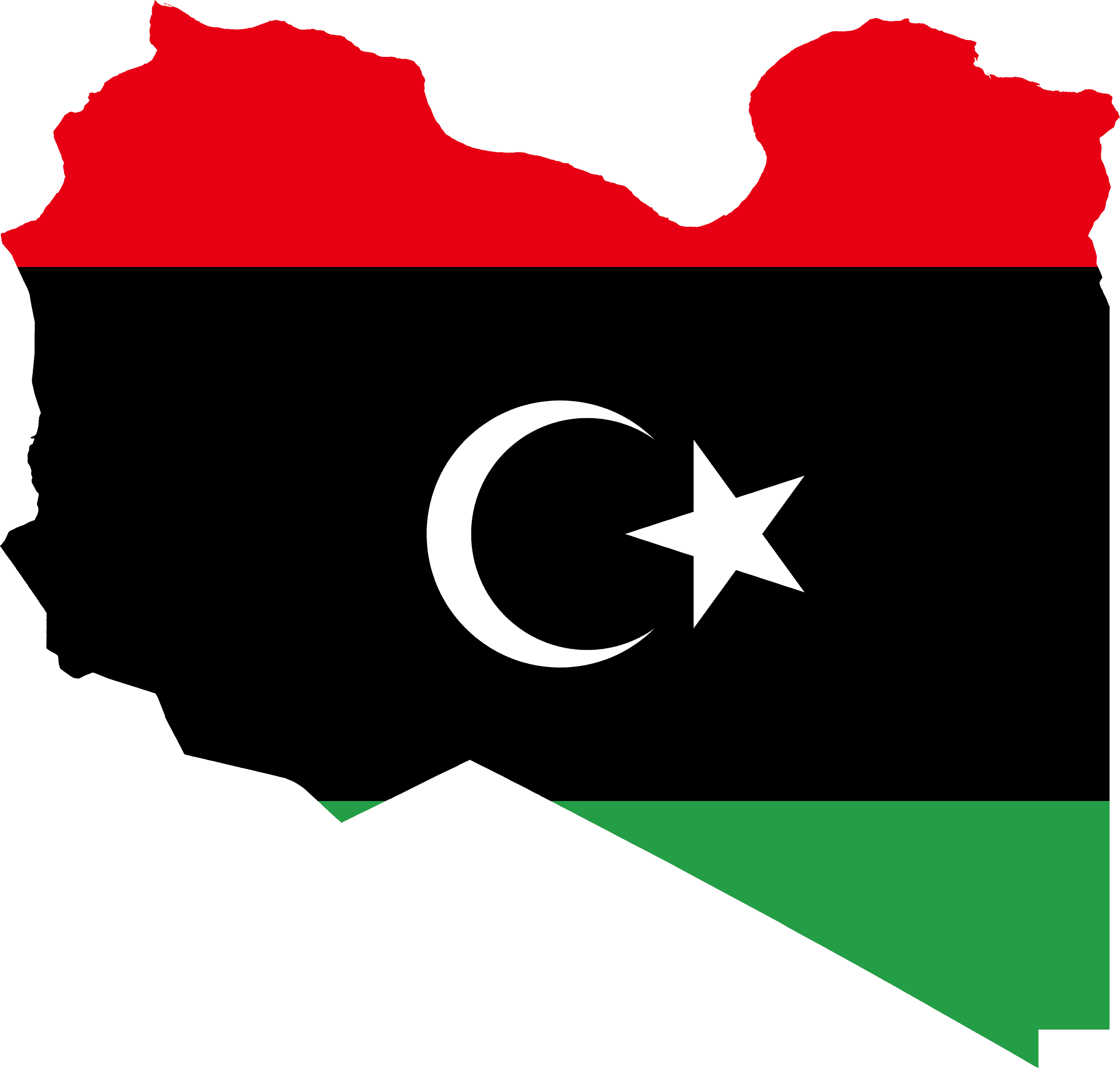
Motto of Libya
National animal of Libya
The National animal of Libya is Arabian Eagle
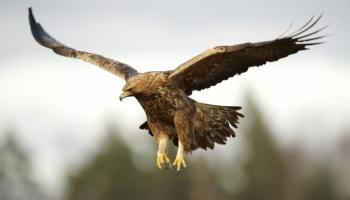
National flower of Libya
The National flower of Libya is Pomegranate Blossom - Pixdaus. Botanical name is Punica Granatum .
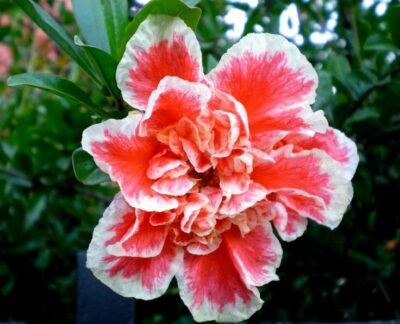
National bird of Libya
The National bird of Libya is Arabian Eagle
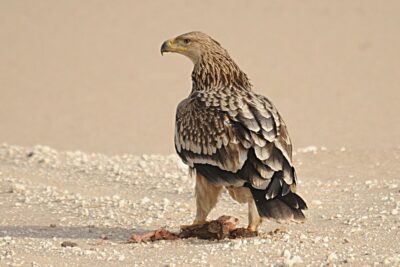
Rest of the National symbols of Libya 👇
-
FounderKing Idris Al-Sanusi
-
National dishCouscous
-
National danceNot Declared
-
National dressKandura
-
National monumentNot Declared
-
National anthemView Anthem
-
National fruitNot Declared
-
National drinkStrong tea, Arabic coffee, and Laggmy
-
National colorsRed, black, green, and white
-
National sportsFootball
-
National treeNot Declared
-
National poetNot Declared
-
National mausoleumNot Declared
-
National archivesNational Archives of Libya
-
National museumMuseum of Libya
-
National libraryNational Library of Libya
-
Central BankCentral Bank of Libya (CBL)
-
Highest peakBikku Bitti
-
National football teamLBY
-
Emoji flag????????
-
National airlineLibyan Airlines
-
National instrumentZokra a bagpipe, a flute made of bamboo, and a tambourine
-
National heroOmar al-Mukhtar
-
PresidentMohamed al-Menfi (Presidential Council Chairman)
-
Prime MinisterAbdul Hamid Dbeibeh
-
Olympics CommitteeLibyan Olympic Committee
-
PassportPassport of Libya
-
ArmyLibyan Ground Forces
-
NavyLibyan Navy
-
Air ForceLibyan Air Force
-
Mythical CreatureJinn
Neighbouring countries of Libya
Libyan Proverbs - Popular quotes, proverbs and sayings.
Peace wins over wealth. One hand can’t applaud. A friend is someone who shares your happiness and your pains. Speak kindly or refrain from talking. People who do not know your virtues might do you harm. To associate oneself is a dangerous move. The hand which gives is better than the one which receives. Once we have something, we take it for granted. Never rely on something you do not own.
